Do you know what these photos show? Click 'Show Answer' to find out:
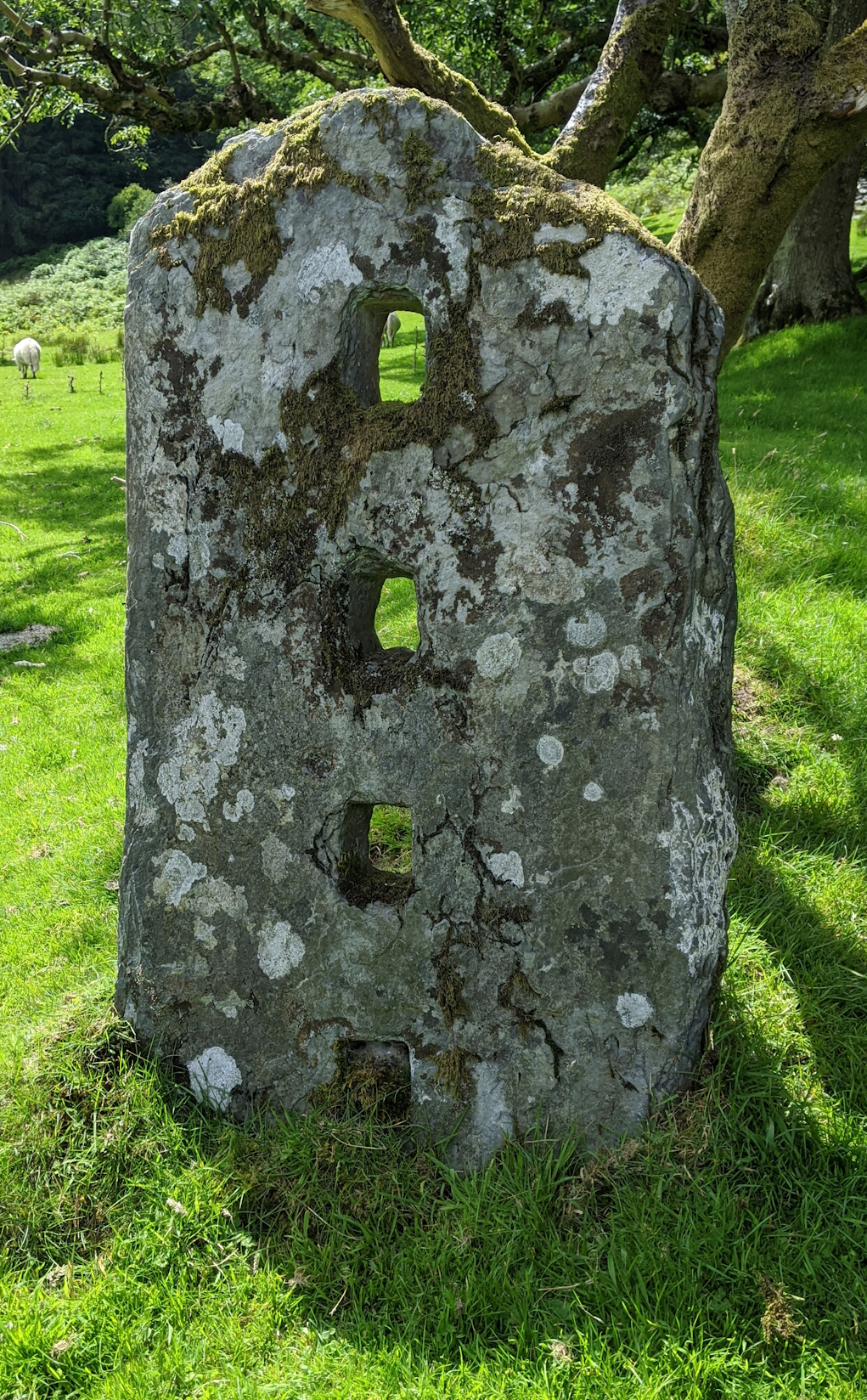
What's this?
Ancient stone gate post. Sometimes called stile gates or heave gates, where wooden bars could be added or removed to make a gate.
Show Answer
Hide Answer
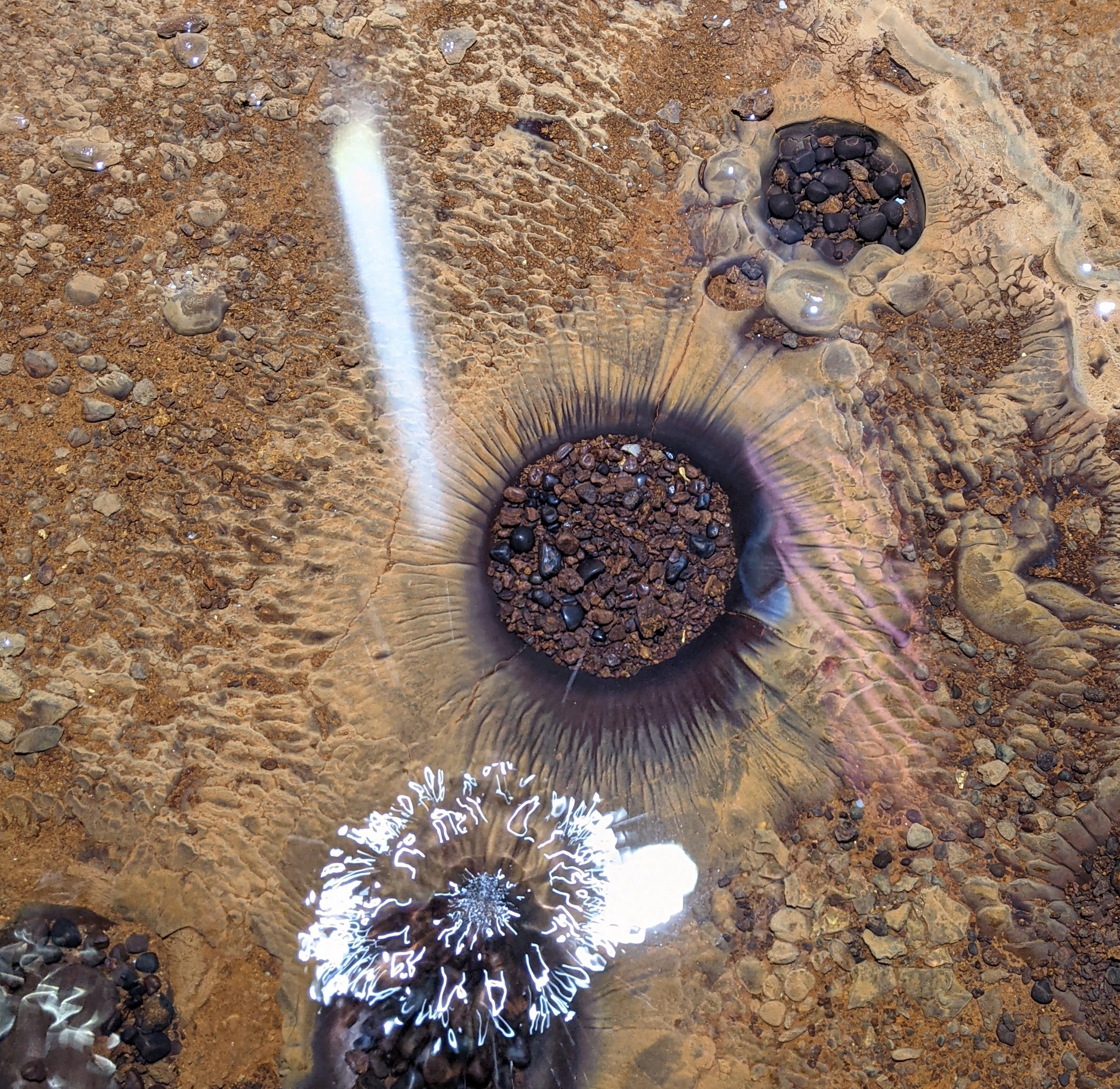
What's this?
'The Mine's Eye'. Droplets of water from the mine roof falling repeatedly create a splash pool.
Show Answer
Hide Answer
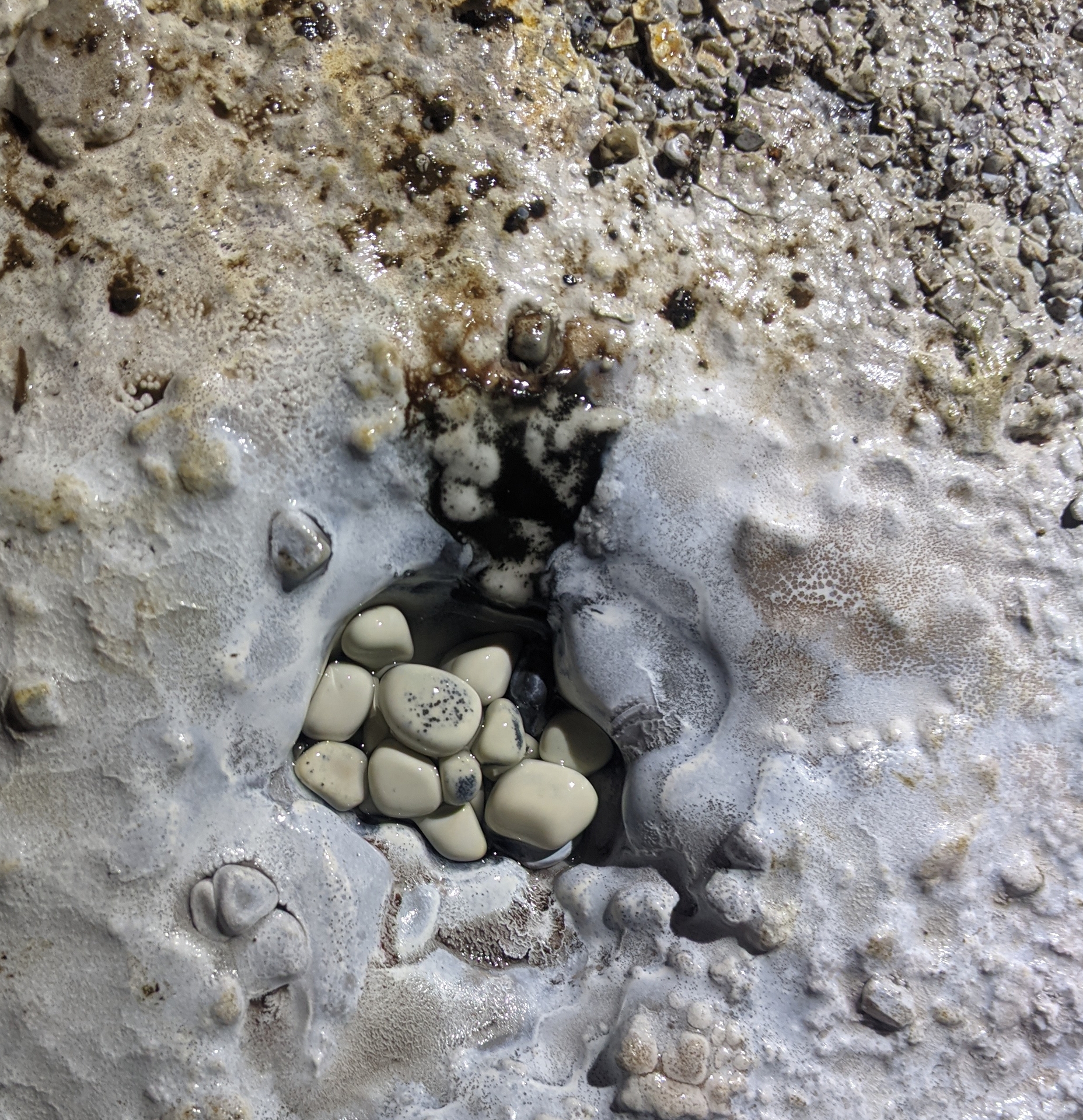
What are these?
‘Cave pearls' – calcium carbonate is deposited as water droplets hit the pebbles - similar to how stalagmites are formed.
Show Answer
Hide Answer

What are these?
'Liquid rheostats' - tanks containing brine as an electrolyte solution. This mine had its own hydro-electric power station from the early 1900's and electricity was used to power the internal inclines. The operator pulled a lever to raise or lower the electrodes thus controlling the speed of the winch motors hauling the wagons up or down the incline. These barrels are early Bakelite but the remains of the original wooden barrels can still be found.
Show Answer
Hide Answer
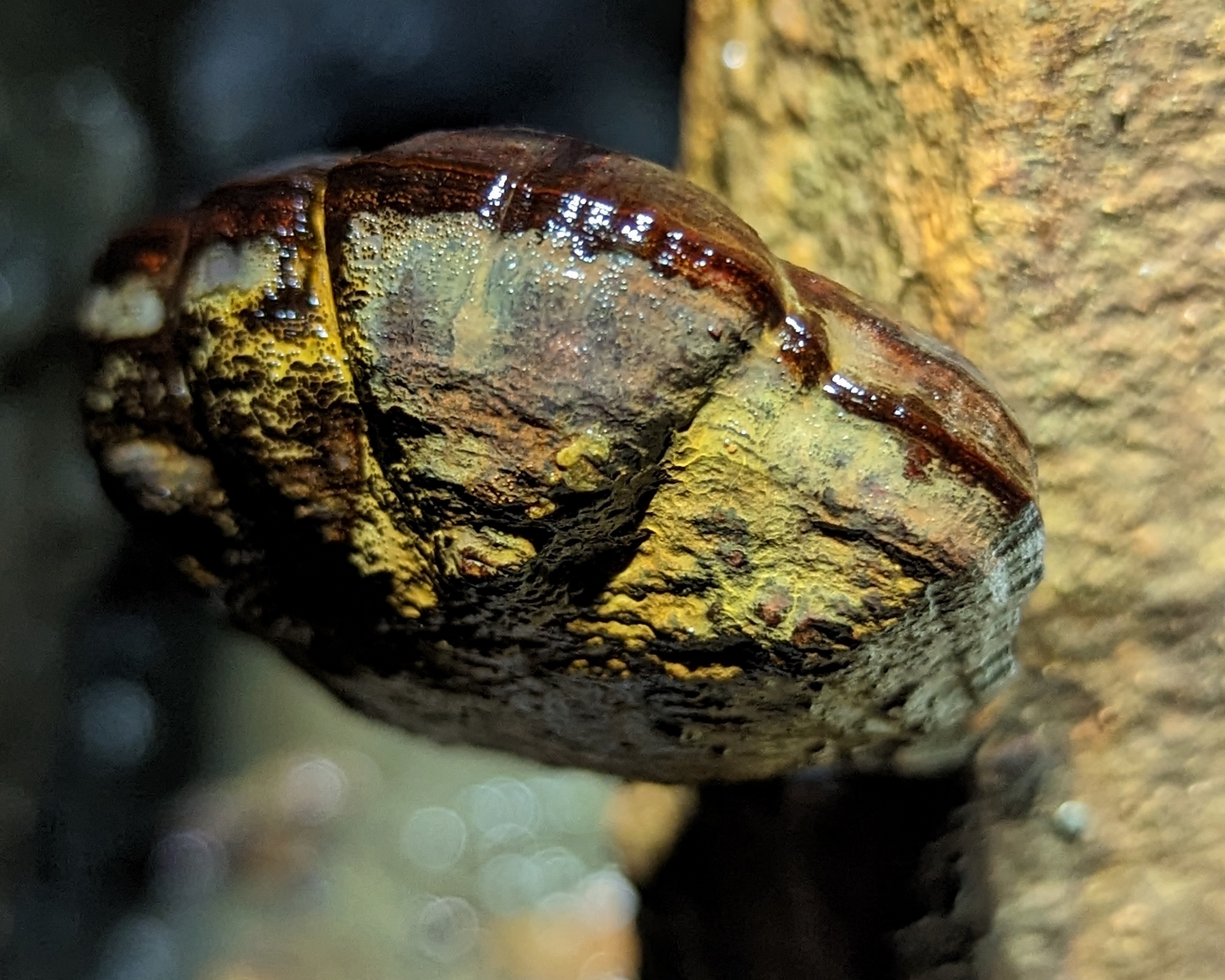
What's this?
'Rust oysters' – they resemble seaside shells gowing out of rusting iron metalwork in mines. They are formed when bacteria are deposited on iron. Fungal filaments grow and seize iron ions from the surrounding water and deposit them as fibre-like iron oxide crystals. The growths build up in layers to form symmetrical clam-like shapes. This interplay between living microbes and iron-rich water is known as bio-mineralisation.
Show Answer
Hide Answer
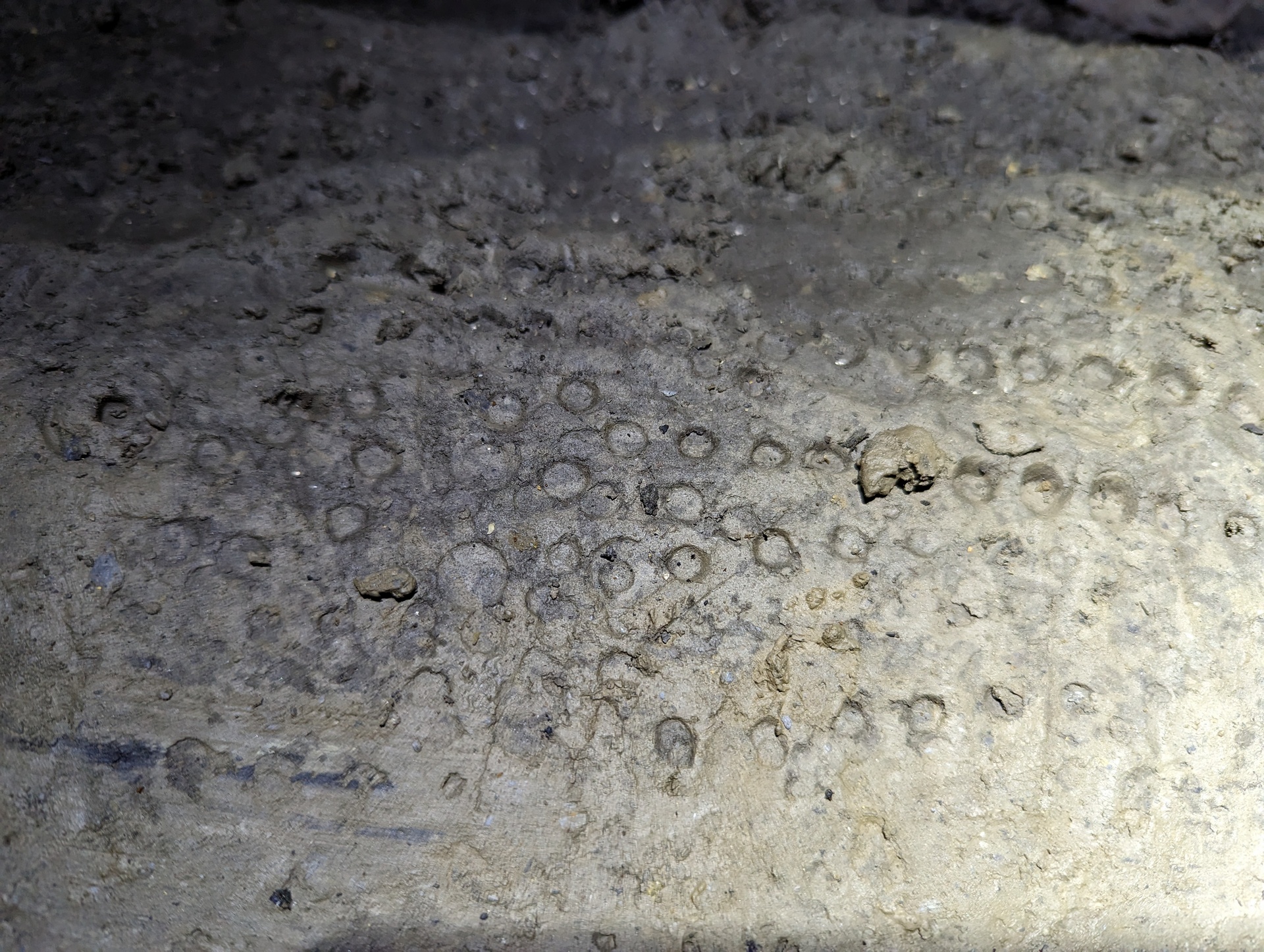
What are these?
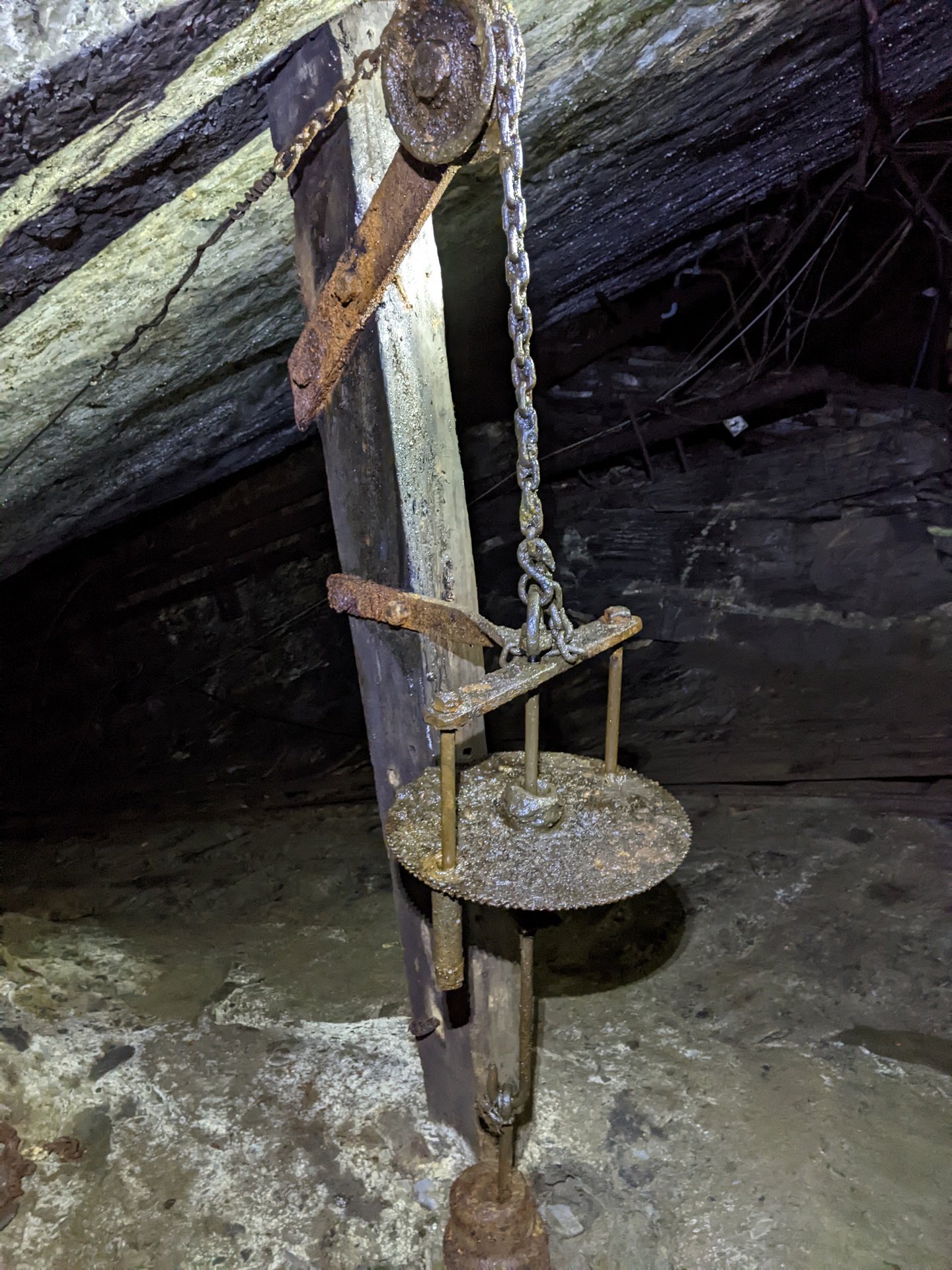
What is this?
Simple signaling device – the chain is pulled at the bottom of the incline to signal that the wagons are ready to be hauled up. The chain causes the metal disk (an old saw blade) to rise and clang against the top of the frame. The weight then returns it.
Show Answer
Hide Answer
TOP






